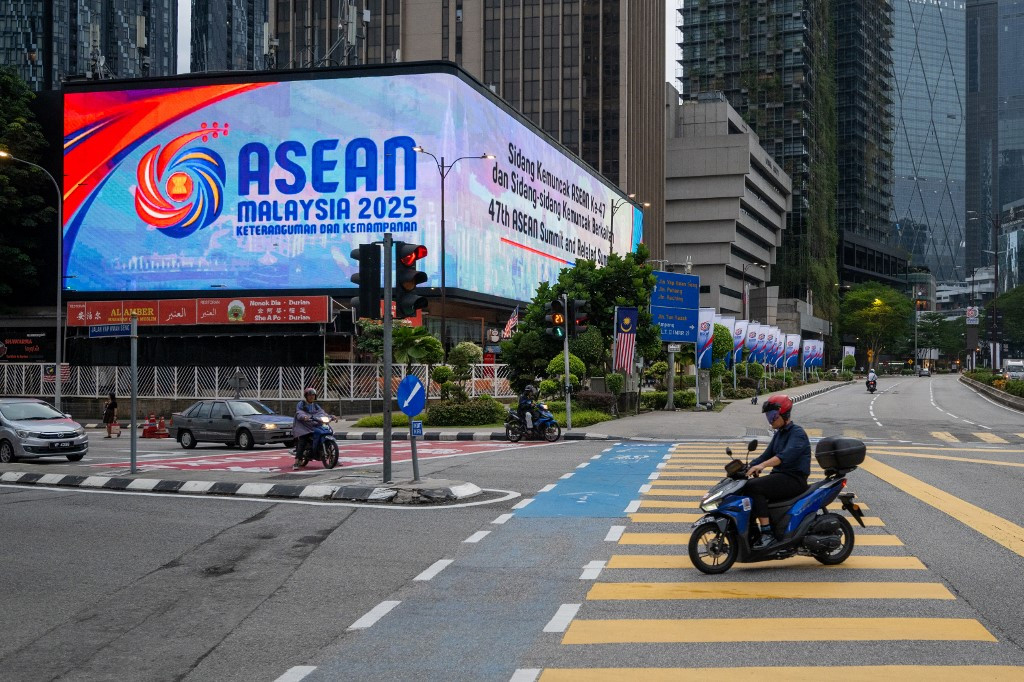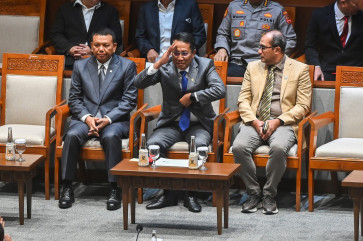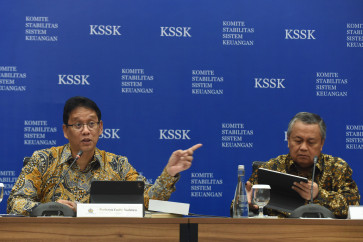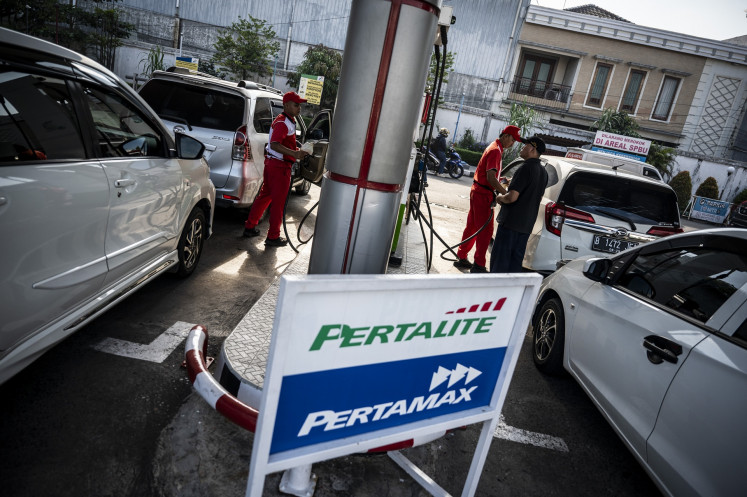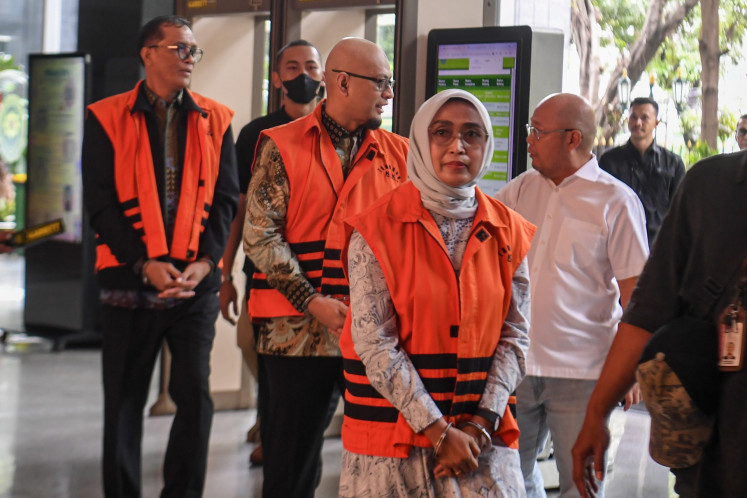Popular Reads
Top Results
Can't find what you're looking for?
View all search resultsPopular Reads
Top Results
Can't find what you're looking for?
View all search resultsTesting ASEAN centrality in a shifting geopolitical currents
As the geopolitical contours of the wider Asia-Pacific shift, ASEAN’s role as the central manager of regional affairs is under intense scrutiny.
Change text size
Gift Premium Articles
to Anyone
A
s the geopolitical contours of the wider Asia-Pacific shift, giving way to the fluid and expansive concept of the Indo-Pacific, ASEAN’s role as the central manager of regional affairs is under intense scrutiny.
The adoption of the ASEAN Outlook on the Indo-Pacific (AOIP) in 2019 is ASEAN’s strategic response, a deliberate and proactive step to define its agency and relevance in this vast, contested space. The AOIP provides a conceptual framework for ASEAN’s well-established engagement with the broader region extending beyond its geographical core of Southeast Asia, leveraging the existing, trusted and proven ASEAN-centric and ASEAN-driven mechanisms, such as the East Asia Summit (EAS) and the ASEAN Regional Forum (ARF).
The AOIP explicitly stresses the importance of openness, transparency, inclusiveness, the rule of law and ASEAN centrality. The AOIP’s goals are to cultivate "habits of dialogue" and create platforms for practical wide-ranging cooperation to transform the pervasive zero-sum game mindset into a constructive positive-sum game approach.
The formal integration of the AOIP into the future trajectory of the bloc is codified in the “ASEAN Community Vision 2045” (ACV 2045), adopted at the ASEAN Summit in Kuala Lumpur in May. Specifically, under the Political-Security Community pillar, the ACV 2045 unequivocally commits to pursuing "the implementation of the ASEAN Outlook on the Indo-Pacific [AOIP] through concrete projects and activities."
The AOIP has identified four critical priority areas for cooperation: Maritime cooperation, connectivity, economy and Sustainable Development Goals (SDGs). The genuine, concrete implementation of the AOIP through tangible projects and activities in these priority areas is poised to be the most vital step toward the actual realization of ASEAN centrality, moving beyond the mere act of convening high-level dialogues.
However, a fundamental tension exists in the dual focus of ACV 2045 and the AOIP. While the former naturally focuses on strengthening the ASEAN Community within its traditional geographical space, the latter bravely encompasses the vastly wider Indo-Pacific region. To operationalize the AOIP effectively, ASEAN must, therefore, confront and clarify its geographical scope.
Should it embrace the maximally broad definition of the Indo-Pacific, stretching from the western coast of the Americas to the eastern coast of Africa, or adopt a more pragmatically narrow, triangular geostrategic space encompassing Japan to the north, Australia to the south and India to the west?
Your Opinion Matters
Share your experiences, suggestions, and any issues you've encountered on The Jakarta Post. We're here to listen.
Thank you
Thank you for sharing your thoughts. We appreciate your feedback.

